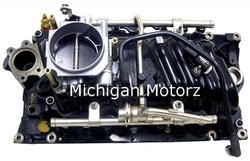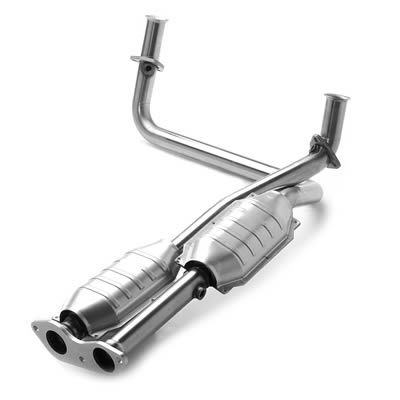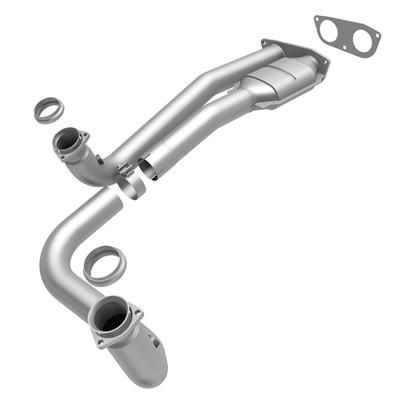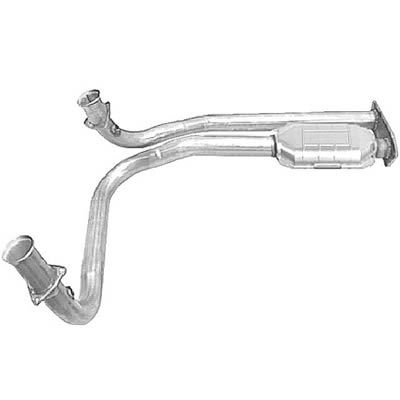
Originally Posted by
1project2many

Right now I'm still using the stock L31 intake. I chose to install it during the initial engine install to save time and my plans are to install the dual plane in the future.
305 calibrations are almost always a poor match for 4" bore engines. For some reason the 305 is much more detonation prone. The L30 is better than the L03 but you can still see the changes both in the spark tables and the knock retard when compared to the L31. Between the longer rods, slightly lower compression, and different cam this engine is definitely in need of it's own spark map.
As I dial in the spark map I find the engine like to launch off the line, lose some acceleration in the middle, and then pull again near top end. That's no surprise as dyno software predicted that behavior. I lose some of the advantage of the long runner intake because of the loose converter but it's still usable. Next weekend I'm going to be towing a trailer with a compact diesel tractor through a 150 mile trip so I'll have a better idea of how it feels under load. Ultimately I want it set up with the dual plane and any impressions with the stock intake are just for perspective.
I am running stock exhaust after the headers. I've looked at changing them but unlike OEM, the aftermarket stock replacement exhaust systems I've looked show no difference between 1/2 and 3/4 ton models. I have plans to get down to the exhaust shop and have a new system built front to back but that might not happen until August.
As to running a 305, no. The L31 is so common that I'd buy one used before installing the 305. I built the 302 years ago to do it, and because I thought it might be a good choice for an S10 Blazer. I've been dying to use it since and when I replaced the last Blazer with the Suburban, I found an opportunity to try it. If I were to build a long stroke, small bore engine I'd probably throw a 400 crank into a 350 block. IIRC that works out to about 338 cubes and it might make an interesting torqu engine with very good emissions.



 Reply With Quote
Reply With Quote











Bookmarks